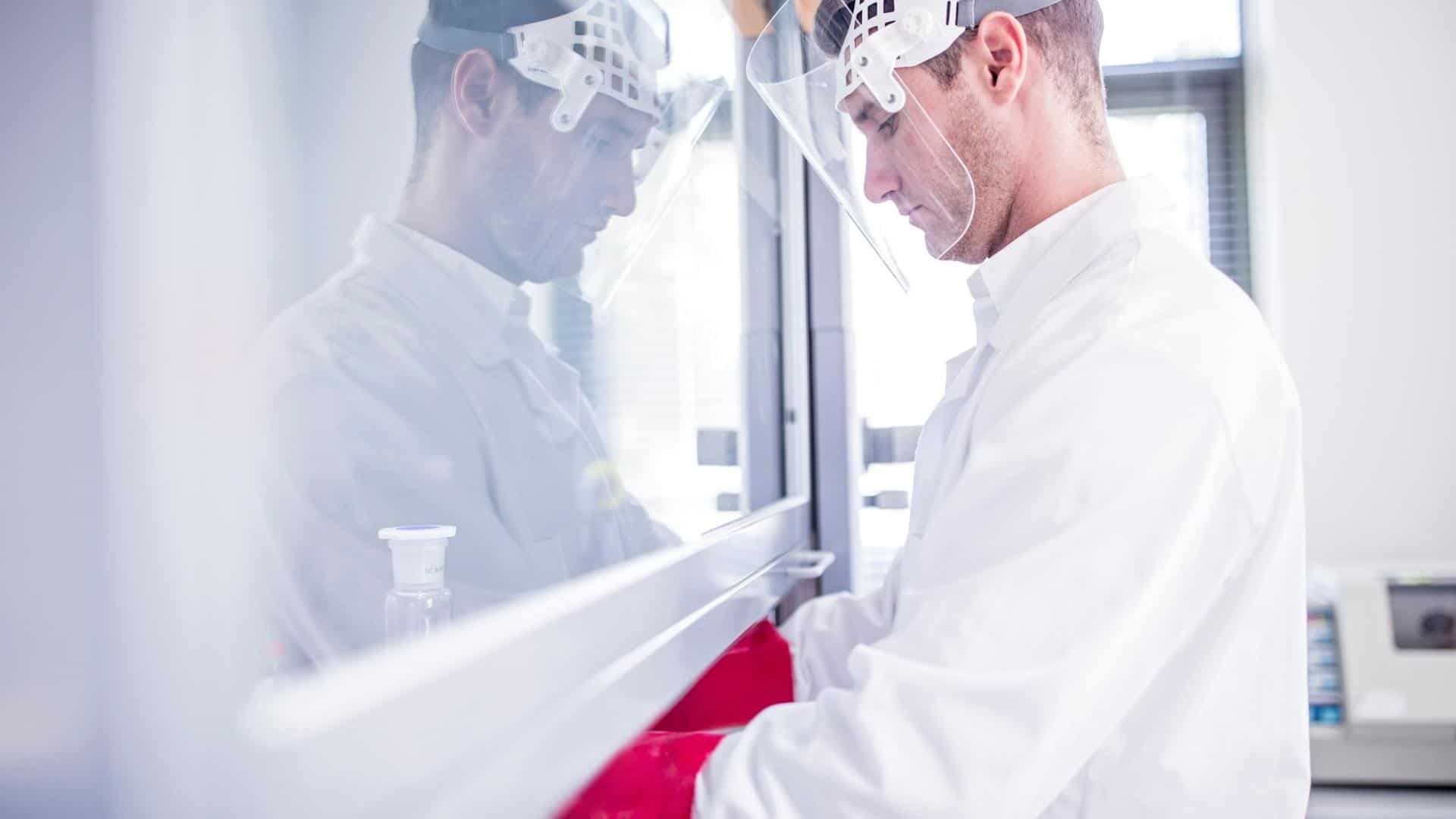Improving Laboratory Efficiency: A Guide to Laboratory Work Benches
Guide To Laboratory Work Benches In the ever-evolving world of scientific research, laboratory work benches play The post Improving Laboratory Efficiency: A Guide to Laboratory Work Benches appeared first on IQ Labs.

Guide To Laboratory Work Benches
In the ever-evolving world of scientific research, laboratory work benches play a pivotal role in fostering productivity, safety, and organization. These workspaces serve as the foundation upon which experiments and discoveries are built. We will look at the key features needed for your next bench purchase, exploring their significance, key features, and the best practices for optimizing laboratory spaces and getting the most out of your space.
The Significance of Laboratory Work Benches
Laboratory work benches are the backbone of any research facility. They provide scientists and researchers with a dedicated space to conduct experiments, analyze data, and collaborate with colleagues. These workspaces are meticulously designed to meet the unique demands of scientific work, ensuring that experiments are conducted with precision, accuracy, and safety in mind. At iQ Labs, we design and manufacture all our products with the following key features in mind:
Key Features to Consider
Proper Layout Planning:
Organize your work benches strategically to minimize movement between different areas and optimize workflow. The iQ Labs Infinity Bench System gives you the ability to build a system around your space, not the other way around. Every lab is unique in both its physical layout and in purpose. Lab benches like the Infinity System is here to let you easily overcome those challenges and adapt your space as changes arise.
Regular Maintenance:
Any bench or table should have clean lines, limited spaces for dirt or contaminants, and should be easily cleanable. Schedule routine maintenance to keep work benches in optimal condition and extend their lifespan.
Work Surface:
A durable and chemical-resistant work surface is critical. Typically, it’s made of materials like epoxy resin, phenolic resin, or stainless steel. The surface should be easy to clean and capable of withstanding the use of chemicals, heat, and physical stress.
Size and Configuration:
Laboratory bench systems come in various sizes and configurations to accommodate different types of research and experiments. Standard configurations typically come with a depth of 30” and widths ranging from 36” up to 96” in 12” increments. Custom sizes can be accommodated for specific applications but are typically not needed due to the broad range of standard sizes offered.
Adjustable Height Work Benches:
Laboratory bench systems and tables adjustability usually falls into two broad categories: pin height adjustable (manual), and power height adjustable. Both of these types can be raised or lowered to accommodate researchers of varying heights, promoting ergonomic comfort and reducing the risk of repetitive strain injuries. To avoid electrical interference with equipment and test procedures within the lab, as well as avoiding the risk of shorting out electrical actuators in a wet lab environment, pin height adjustable tables are considered the standard in most laboratory settings. They are also the more budget-friendly option and don’t have the complexity of a powered system.
Stability and Weight Capacity:
The bench should be stable and capable of supporting the weight of laboratory equipment, instruments, and reagents without wobbling or bending. SEFA approved benches must meet strict weight ratings to ensure quality and durability. Benches typically come standard with adjustable leveling feet to ensure stability even on uneven surfaces. Caster feet are also a common option giving your lab bench additional mobility.
Storage and Organization:
Laboratory benches often include storage options like drawers, cabinets, or shelves to keep equipment, glassware, and chemicals organized and within reach. This helps in maintaining a clutter-free workspace making them a great tool when designing a lab space. Hanging base cabinets or mobile base cabinets are often used on or around these systems to supplement the workspace with additional storage. Corrosives and Acid Cabinets can also be integrated into the design to sit next to or under bench systems. Shelving units are often built into the benches as an option and will typically come one, two, or three shelf configurations.
Flexibility and Modularity:
Most laboratory bench systems are designed to be modular, allowing you to configure and reconfigure them as needed to accommodate changing research requirements. This adaptability is particularly useful in dynamic research environments. Shelving systems, mobile base cabinets and hanging base cabinet options give you the ability to adapt the furniture as needed. iQ Labs Infinity Bench System allows you to configure the bench as single sided or “shared frame” (double-sided) to better suit your space.
Electrical and Data Connectivity:
Depending on the laboratory’s needs, benches may have built-in electrical outlets, data ports, and cable management systems for powering and connecting various devices and instruments. Power is presented as duplex or GFI receptacles and can be wired as a single or multiple circuit.
Plumbing:
Benches can be plumbed to accept various services. Typical services will be vacuum, compressed air, and gas. Services are plumbed out the top of the bench, often terminating to a ceiling service panel with a quick disconnect fitting. These services allow researchers to carry out a broad range of experiments and procedures at each bench location.
Compliance with Standards:
Ensure that the laboratory bench system complies with relevant safety and regulatory standards, such as those established by organizations like OSHA (Occupational Safety and Health Administration) and ANSI (American National Standards Institute). iQ Labs bench and table systems are UL Listed and SEFA approved to ensure the highest level of quality.
Durability:
The bench should be built to withstand the rigors of a laboratory environment, including potential exposure to corrosive substances, frequent cleaning, and heavy usage. iQ Labs Infinity Bench System is built using heavy duty 14ga steel tubing and is coated with our chemical resistant epoxy powder coat.
**Cost and Budget:** Laboratory bench systems are available in a wide range of prices, so it’s important to consider your budget and cost constraints while choosing a suitable system. Additional features such as power, data and plumbing will greatly affect the price of a laboratory bench. Closely considering these features will help you avoid specifying a system that does not meet the needs of your lab.
Conclusion:
In conclusion, laboratory work benches are indispensable tools for scientific progress. Selecting the right type of bench and optimizing your laboratory space can significantly enhance productivity, safety, and the overall research experience. By following these guidelines, you can create a laboratory environment that fosters innovation and discovery, setting the stage for groundbreaking scientific achievements.
The post Improving Laboratory Efficiency: A Guide to Laboratory Work Benches appeared first on IQ Labs.
What's Your Reaction?






























